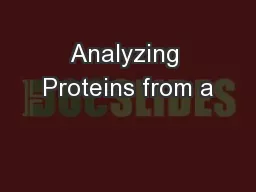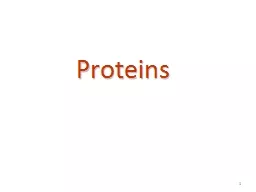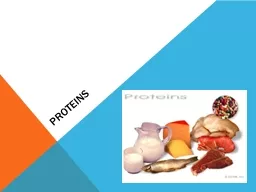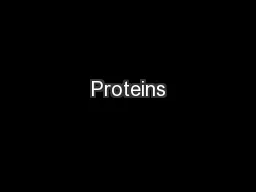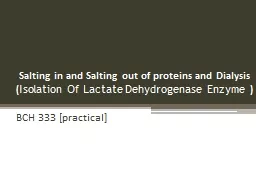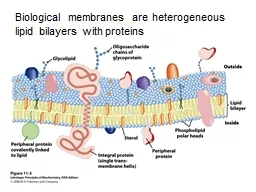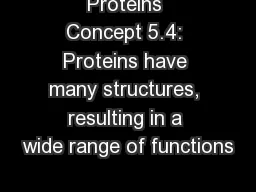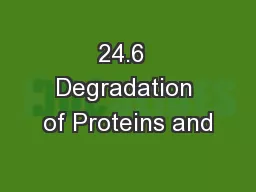PPT-Analyzing Proteins from a
Author : natalia-silvester | Published Date : 2017-12-21
Tyrannosaurus rex Todays Goal Learn how a mass spectrometer can be used to identify the types of protein in a biological sample Learn how proteins are analyzed from
Presentation Embed Code
Download Presentation
Download Presentation The PPT/PDF document "Analyzing Proteins from a" is the property of its rightful owner. Permission is granted to download and print the materials on this website for personal, non-commercial use only, and to display it on your personal computer provided you do not modify the materials and that you retain all copyright notices contained in the materials. By downloading content from our website, you accept the terms of this agreement.
Analyzing Proteins from a: Transcript
Download Rules Of Document
"Analyzing Proteins from a"The content belongs to its owner. You may download and print it for personal use, without modification, and keep all copyright notices. By downloading, you agree to these terms.
Related Documents

